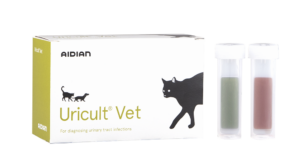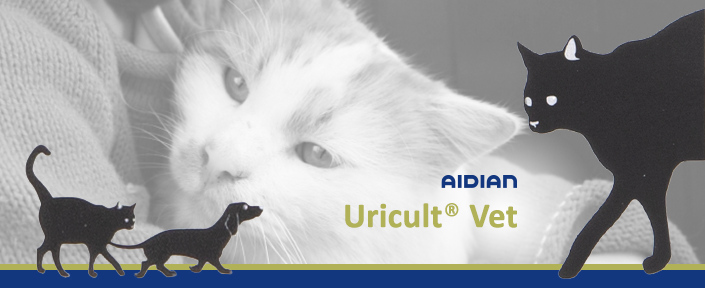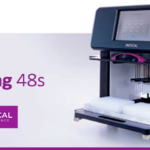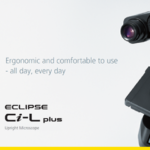Aidian Uricult Vet Test
Products are for Professional/Laboratory use only.
Uricult Vet dipslides are easy-to-perform bacterial culture tests for the detection of urinary tract infections in animals in point-of-care settings. When needed, the Uricult Vet slides can be used for transportation of the samples to a microbiology laboratory for incubation and interpretation.
One side of the plastic slide is covered with green CLED medium, and the other is covered with reddish-brown MacConkey medium. The CLED medium is intended for determining the total microbial count. The MacConkey medium is designed for detecting gram-negative microbes.
Uricult Vet test provides you with:
- Easy to use test: dip, incubate, and interpret
- On-site test: no need to transport the urine samples
- Safe transportation maintains the integrity of the sample
- Storage of the tubes at room temperature for up to nine months
Order Information:
- Product #:OR132578
- Aidian URICULT 10 TESTS
Uricult Test Procedure Video
About the tests
UTI is frequently found in cats and dogs. Clinical signs are not always present and the symptoms are nonspecific1,2. Symptoms should not be used alone for diagnosis of UTI. When diagnosing UTI in animals, it is recommended to interpret the clinical evaluation, gross and cytological appearance of the urine, and bacterial culture.
The Uricult tests are dipslides for culturing urine samples. The slides are covered on both sides with agar media. The slide can be dipped into urine, or urine can be poured onto the slide. Cystocentesis sample can also be used by placing drops directly from the syringe onto the agar medium. Thereafter, the inoculated slide is inserted back into the tube, making it ready for incubation or for transportation. After incubation, the presence of bacteria is evidenced by colonies growing on the agar surface. The number of colonies indicates the number of colony forming units (CFU/ml) in the urine sample because each colony is the result of multiplication of a single bacterial cell.
The total colony count on Uricult Vet test is determined from the originally green CLED agar by matching the colony density with the model chart. The bacteria may be classified as lactose fermenting or non-lactose fermenting bacteria based on their appearance on CLED agar. The number of gram-negative bacteria can be determined on the Uricult Vet test from the originally brownish–red, selective MacConkey agar.
References:
- Weese JS, Blondeau JM, Boothe D et al. Antimicrobial use guidelines for treatment of urinary tract disease in dogs and cats: antimicrobial guidelines working group of the international society for companion animal infectious diseases. Veterinary Medicine International, 2011; article ID: 263768. doi:10.4061/2011/263768
- Bartges JW. Diagnosis of urinary tract infections. Vet Clin Small Anim, 2001; 34: 823-933.








